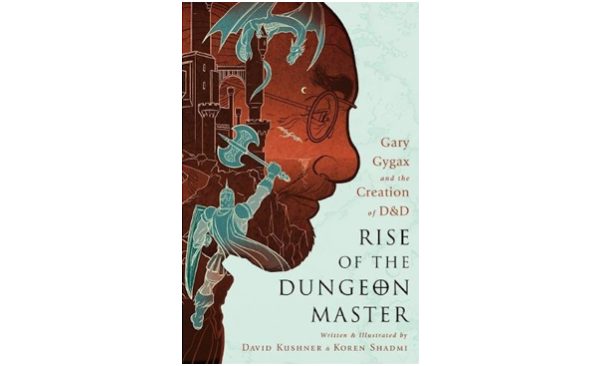

Quick question — Are you drawn to the center of the creature, or the eyes? The otyugh, as visualized in the game Pathfinder (Image: Paizo Publishing)
Here at GeekDad, these sorts of stories make our hearts sing.
Boy (in this case, 12 year old), chats with Dad (a scientist) about one of Dad’s scientific conundrums. To solve the problem, the kid draws on his monstrous knowledge of, yes, Dungeons & Dragons, and the Monster Manual in particular, to solve it.


The beholder — from the AD&D Monster Manual — which has a big eye in its main floating body, but also eyes on its many tentacles
As reported by Discover Magazine, the problem was this: Alan Kingstone, a University of British Columbia psychologist, wanted to find out if people (or creatures) look at where people (or creatures) are looking because they are drawn to their eyes, or because they are drawn to the center of their heads. It was hard to know the difference, because most animals (humans included) have eyes more or less in their heads.
But not in D&D.
Young Julian Levy, his son, said (essentially), “Duh! Dad, not all creatures have eyes in their heads.”
And he flipped through his Monster Manual to show him (at least in the scene that I imagine). There’s the monster known as the “beholder,” for one, which has a big eye in its main floating body, but also eyes on its many tentacles.
Then there’s the lesser-known “otyugh,” which has a few eyes on (at least one of) its many nasty tentacles.
The two designed a test of various images of 36 monsters, some with eyes in their heads, some not. They showed test subjects the pictures, and tracked their eye movements with a device.
If people looked at the eyes of these creatures, even if their eyes were elsewhere, like on the ends of icky tentacles, they’d have a surprising answer.
The results showed that people do look for the eyes — no matter where they’re located.
The paper that was published in a journal called Biology Letters is called “Monsters are people too,” and the 12-year-old, who is now 14, got listed as a co-author on the paper.
Which goes to show you: gaming is good for you, makes you smart, good looking, and makes people like you. So there.


